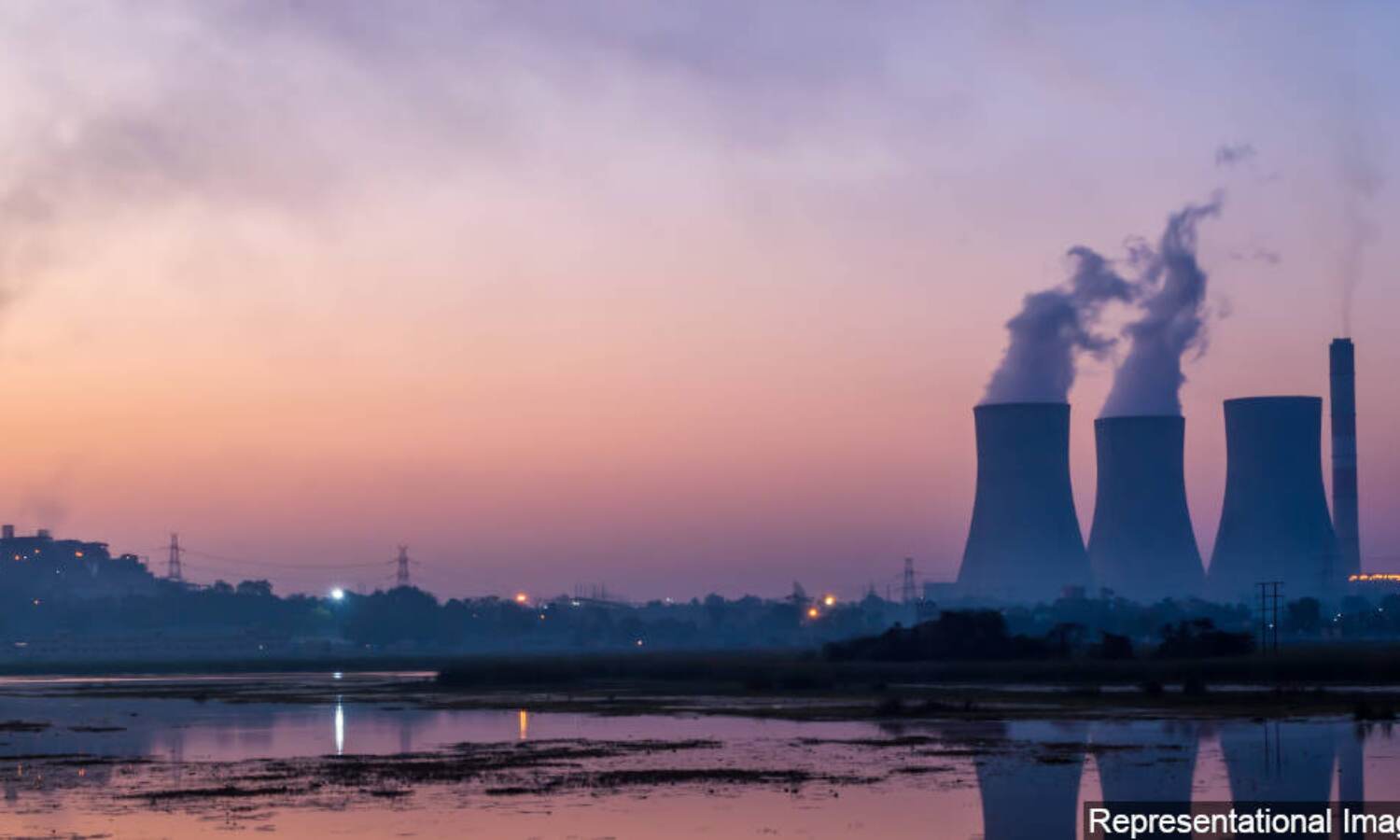‘70% Of India’s Coal Plants May Fail To Control Pollution Even After 7 Years’

New Delhi: Even after getting seven years to comply with new emission norms by 2022, 70% of India’s coal-based power plants are not on track to meet the standards issued in 2015 by the union environment ministry, says a new study by the Centre for Science and Environment (CSE), a Delhi-based think-tank.
The first deadline to meet these norms was December 2017, which, due to pressure from the power industry, was extended by five years to 2022. Power plants are now looking for a second extension. (Read IndiaSpend’s coverage on the issue here, here and here).
Of the total coal-based plan capacity that was to meet these standards by 2022, plants accounting for 8% of capacity have complied with SO2 emission norms--the most critical element--so far, while those making up 65% of capacity are still at the early stages of conducting a feasibility study and floating tenders. Plants comprising 5% of capacity still do not have any plans to follow the norms, says the study.
SO2 Emission Norms: Compliance Status Of Coal Power Plants

Coal-based power plants make up for nearly 56% of India’s power generation capacity and are major polluters. The new 2015 norms aim to reduce emissions of harmful particulate matter (PM), sulphur dioxide (SO2), oxide of nitrogen (NOx), mercury, and extensive water use.
“Coal-fired power plants are some of the most polluting industries in the country,” said Sunita Narain, director general, CSE, during a webinar to launch the report on May 21, 2020. “Therefore, even as we continue using coal, India’s thermal power sector must clean up its act. This is absolutely non-negotiable,” she said.
Coal power plants account for over 60% of the PM emissions from all industries in India, as well as 45% of SO2, 30% of NOx and over 80% of the mercury emissions, she said.
The government should issue directions to the absolute laggards--plants that have not even floated tenders yet or have no plans as yet, said Narain. Directions can involve closure, substantial fines or disincentives such as downgrading such plants in merit order despatch--which decides in which order electricity produced by a plant will be absorbed into the grid--she added.
Indian Emission Standards For Thermal Power Plants, 2015

Source: Ministry of Environment, Forest and Climate Change, 2015
Particulate matter
In the case of particulate matter, 97 GW or 53% capacity is complying, while upgradation is under way in another 14 GW or 8% of the installed capacity, says the CSE study.
There was no information available on the status of progress of about 69 GW or 38% of the capacity. Of this 69 GW, about 47% is state-owned, the study adds.
Sulfur dioxide (SO2)
Plants accounting for no more than 16 GW or 8% of coal power capacity have complied with the 2015 standards for SO2. Those accounting for an additional 32 GW or 17% of capacity have awarded tenders; they are likely to meet the deadline, the study says.
Plants making for 125 GW (65%) of capacity are still at the preliminary stages of feasibility studies and tenders, and another 9 GW (5%) have no plans for installation. It is “highly unlikely” for units to meet the 2022 deadline “even if they award the tenders now”, CSE says. It takes at least two years for a station to complete installation of SO2-control technology. A plant with a 2022 deadline should have installation by 2019, the study says.

Further, central government-owned plants appear to be leading in the implementation of SO2 norms, followed by privately-owned ones, with state government-owned plants having made no progress on implementation--only one plant has awarded tenders so far, the study shows.

Oxides of nitrogen (NOx)
For NOx norms, current implementation progress data for a majority of the capacity are unavailable, found the survey.
Based on the data collected by CSE’s 2019 survey from the states with critical coal capacity and ongoing cases in the Supreme Court, the study found that plants accounting for 32.76 GW (17%) of capacity have complied with the norms.
An additional 12.78 GW (7%) have awarded tenders and 9.2 GW (5%) are in the tendering stage, the study said, adding that details for 138.55 GW or 71% of the total capacity are not known.
Mercury and water consumption
The CSE study found that there are no measurements or audits by regulators currently to monitor if the plants are complying with water-use norms. The Central Pollution Control Board, India’s chief pollution regulator, is relying on self-reported data from plants to check compliance.
About mercury, in February 2018, the Union environment ministry submitted to the Supreme Court that “all units are likely to meet mercury emission norms after installation of pollution control equipment” for PM, SO2 and NOx as a “co-benefit”, the study says. This means the timelines for meeting mercury norms will follow the installation timelines of other pollutant-control technologies.
Therefore, it is important to monitor the mercury level pre- and post-installation of other pollution control technologies. However, the environment ministry has not yet mandated sensors or other devices to measure mercury emissions in plants, the study points out.
(Tripathi is an IndiaSpend reporting fellow.)
We welcome feedback. Please write to respond@indiaspend.org. We reserve the right to edit responses for language and grammar.


